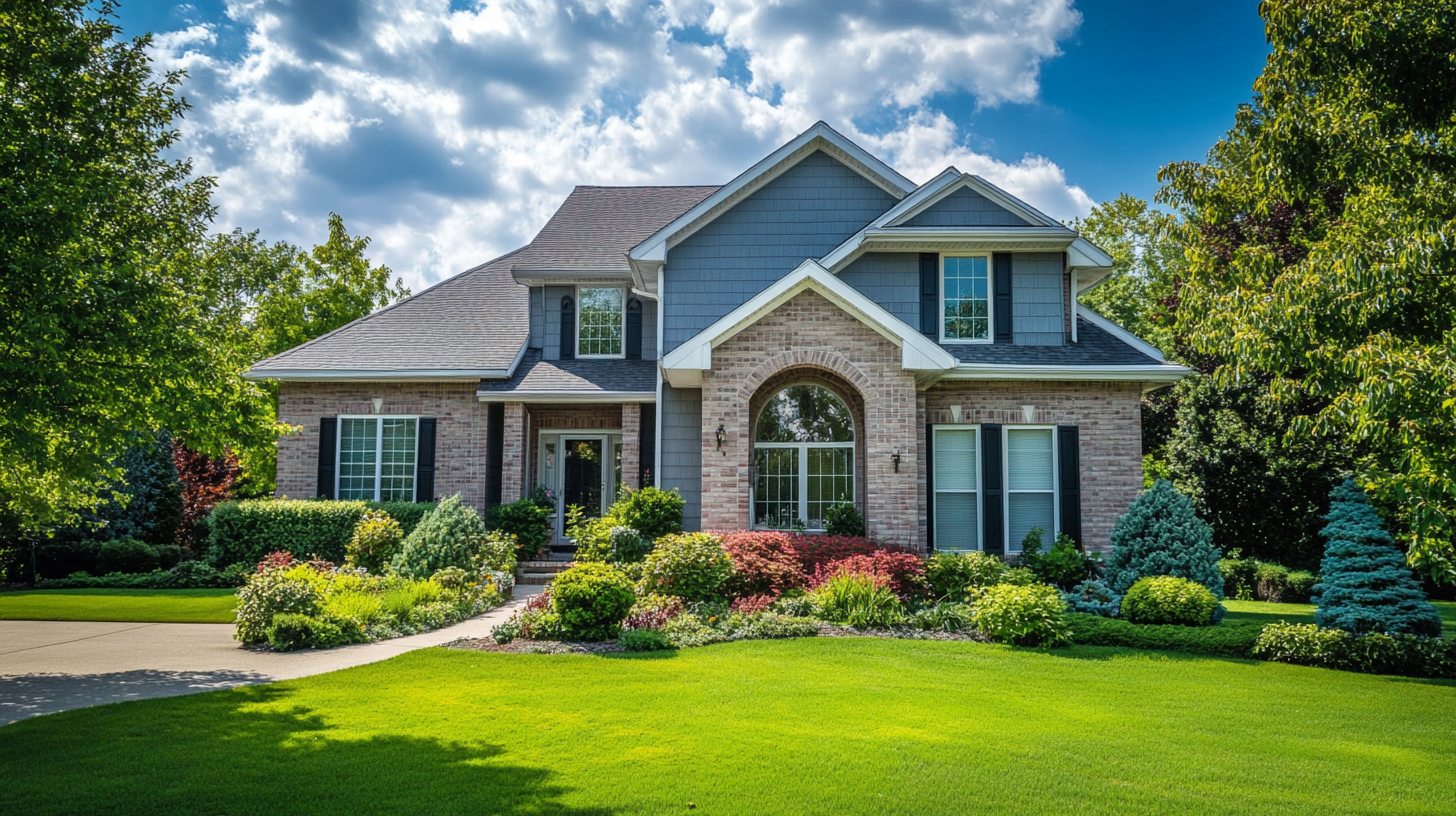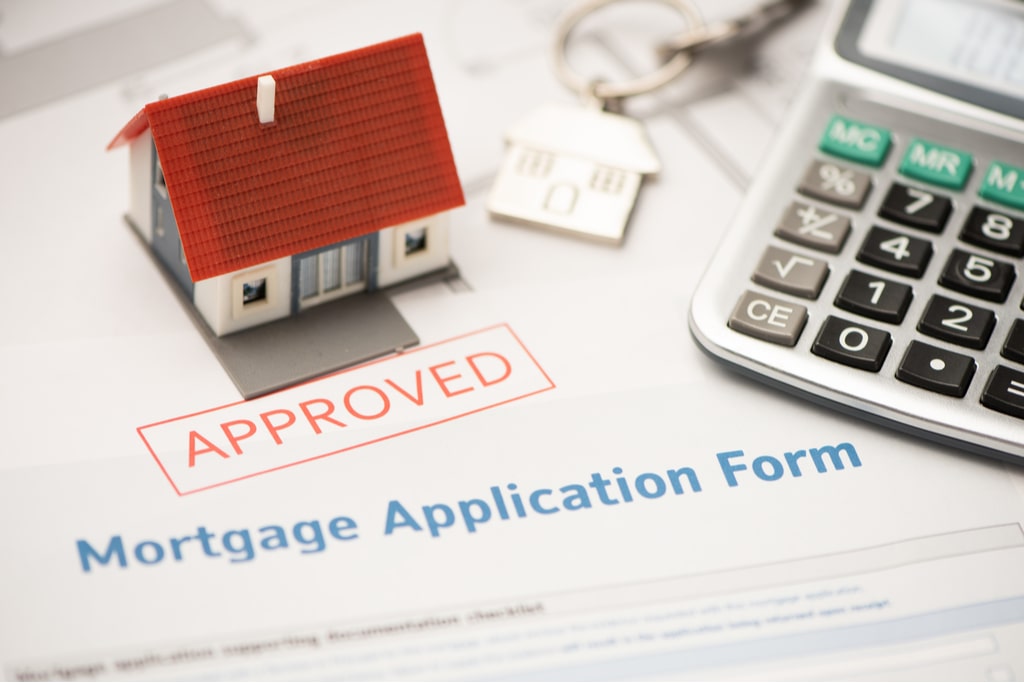
Buying a home is one of the most significant milestones in life, especially for first-time homebuyers. It’s a journey filled with excitement but also requires careful planning, especially when it comes to securing a mortgage. To help you make an informed decision, this article explores the essentials of mortgage rates, home loan types, and what to consider when choosing the best loan for your needs.
What Are Mortgage Rates?
Mortgage rates are the interest rates charged on a mortgage loan and play a significant role in determining your monthly payments and the overall cost of your loan. Typically, mortgage rates can vary depending on factors such as:
- Economic Conditions: In a strong economy, interest rates may rise, while in slower economies, they often decrease to encourage borrowing.
- Credit Score: A higher credit score often results in a lower interest rate, as lenders see it as a sign of a reliable borrower.
- Loan Type and Term: Different types of loans and their repayment terms affect mortgage rates, with shorter-term loans (like 15 years) often carrying lower rates compared to longer ones (like 30 years).
Mortgage rates can be fixed or variable, depending on the loan type.
Types of Home Loans for First-Time Buyers

- Conventional Loans
- These loans are not backed by government agencies and typically have stricter requirements for credit scores and down payments.
- Conventional loans are available in both fixed and adjustable-rate options and are ideal for borrowers with a strong credit profile.
- FHA Loans
- Insured by the Federal Housing Administration, FHA loans are popular among first-time buyers because they allow for lower credit scores and down payments (as low as 3.5%).
- However, FHA loans require mortgage insurance premiums (MIP), which adds to your monthly cost but can make homeownership accessible to more people.
- VA Loans
- Available exclusively to military service members, veterans, and their families, VA home loans are backed by the Department of Veterans Affairs.
- These loans require no down payment and often come with lower interest rates and no mortgage insurance, making them one of the most affordable options for eligible buyers.
- USDA Loans
- The U.S. Department of Agriculture offers loans for buyers in eligible rural and suburban areas.
- USDA loans don’t require a down payment and offer competitive rates but are only available in certain locations and to buyers with moderate or low incomes.
Fixed-Rate vs. Adjustable-Rate Mortgages
Understanding the difference between fixed-rate and adjustable-rate mortgages (ARMs) is crucial when choosing the right mortgage for your new home.
- Fixed-Rate Mortgages: With a fixed-rate mortgage, your interest rate stays the same for the entire loan term. This stability means your monthly payments remain consistent, making budgeting more manageable. Fixed-rate loans are typically available in 15, 20, or 30-year terms.
- Adjustable-Rate Mortgages (ARMs): An ARM offers a lower initial interest rate, which can make early payments more affordable. However, after a fixed period (usually 5, 7, or 10 years), the rate adjusts periodically based on market rates. This means your monthly payment could increase or decrease over time.
How to Choose the Right Home Loan
For first-time homebuyers, selecting the right loan can seem overwhelming, but focusing on your financial situation and long-term goals can help narrow down the options. Here are a few tips to keep in mind:
- Assess Your Budget and Monthly Income
Consider what you can comfortably afford each month without stretching your budget too thin. Remember to factor in not just the mortgage payment but also property taxes, insurance, and maintenance. - Check Your Credit Score and Financial Health
Your credit score significantly influences the mortgage rate you’ll be offered. A higher score can mean lower rates, so if your credit needs improvement, consider boosting it before applying. - Factor in the Down Payment
Different loans have different down payment requirements, so decide how much you can put down upfront. While higher down payments can lead to lower monthly payments and interest costs, government-backed loans offer lower down payment options that may be more feasible. - Think Long-Term
If you plan to stay in the home for a long time, a fixed-rate mortgage may be advantageous. For those considering relocating or upgrading within a few years, an ARM might be more cost-effective initially. - Shop Around for the Best Rates
Lenders offer different rates, even on similar types of loans. Take the time to compare offers from various lenders, including credit unions, banks, and online lenders. Getting pre-approved by multiple lenders can help you see who offers the best deal for your financial profile.
Key Considerations with Mortgage Rates Today

Mortgage rates fluctuate with market conditions and can change rapidly. Staying informed about the current mortgage climate can help you determine the best time to lock in your rate. As of 2024, rates have shown some variability, meaning first-time homebuyers should be particularly diligent in tracking trends to take advantage of lower rates when possible.
Is Now a Good Time to Buy?
Housing markets can shift, and mortgage rates vary in response to inflation, economic policies, and demand. It’s essential to monitor rate trends and speak with your lender about rate-lock options if you’re close to making a decision. Many lenders offer rate-lock guarantees, which can secure your rate for a specified period, providing peace of mind if rates begin to rise.
Additional Costs to Prepare For
When budgeting, remember that the mortgage isn’t the only expense you’ll face. Additional upfront and ongoing costs include:
- Closing Costs: Covering everything from loan origination fees to property taxes and title insurance, these can range from 2% to 5% of the purchase price.
- Private Mortgage Insurance (PMI): If you make a down payment below 20%, PMI is typically required, adding a small percentage to your monthly payment.
- Homeowner’s Insurance and Property Taxes: These vary widely by location but should be accounted for in your monthly budget.
Final Thoughts
For new homebuyers, navigating the mortgage process can feel like learning a new language. By understanding mortgage rates and loan types, you can make informed choices that align with your budget and future goals. Consulting with a financial advisor or mortgage broker can provide additional insights and help tailor a mortgage strategy that best fits your situation.
Remember, your mortgage is more than just a monthly payment—it’s a long-term investment in your financial health and personal comfort. Take the time to explore your options, ask questions, and choose a loan that sets you on the path to successful homeownership.

